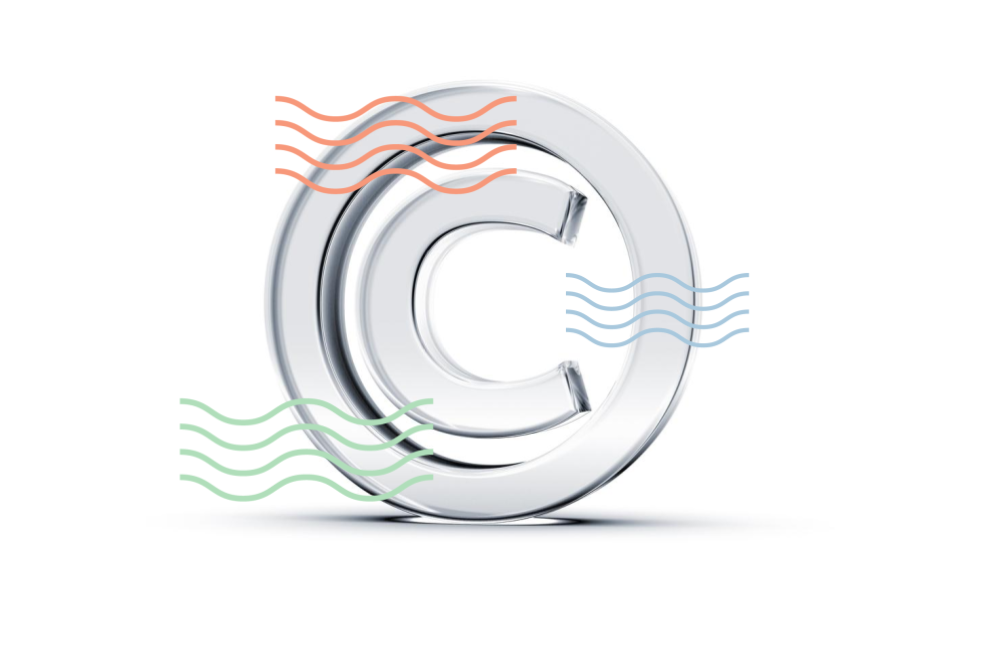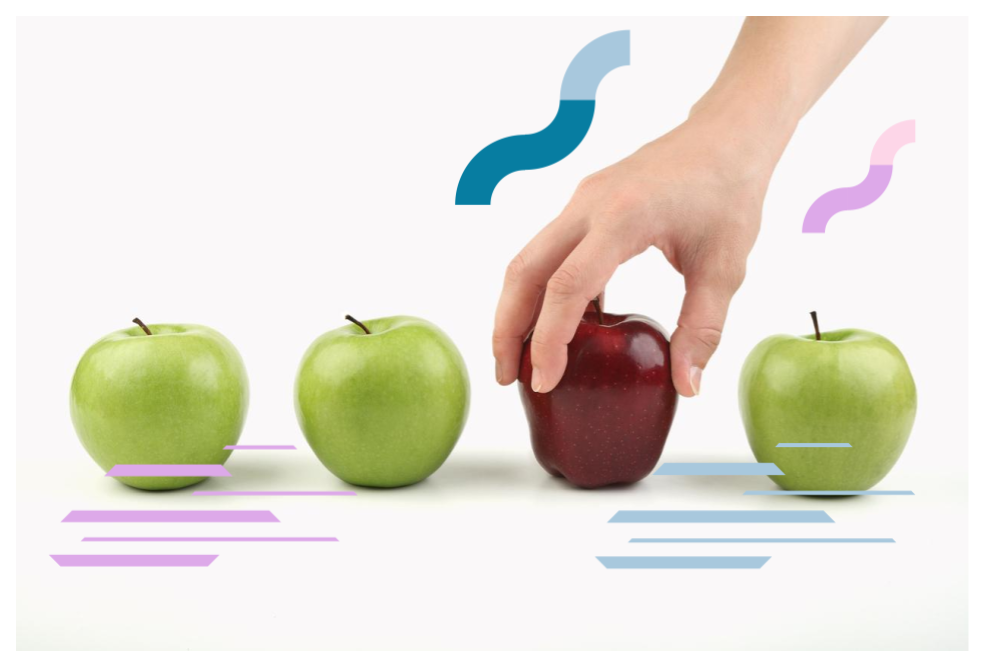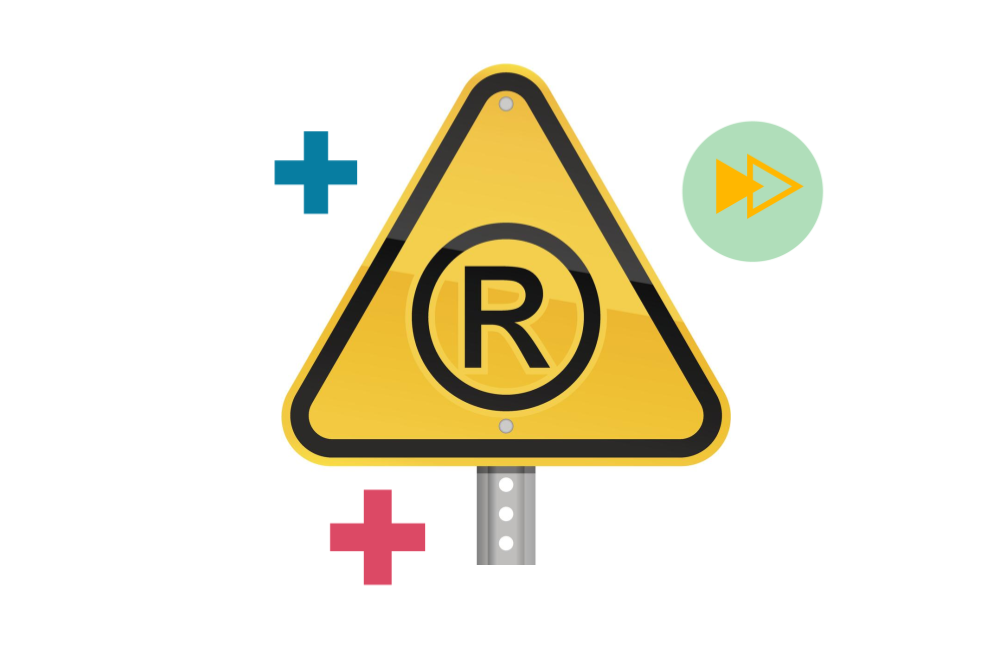
Author Matt Sammon
Trade Marks and Copyright are both types of Intellectual Property that are important and valuable to most businesses. Trade Mark law and Copyright law differ significantly, but both serve to protect the assets of your business.
In this article, we’ll look at Trade Marks vs Copyright to understand what they have in common, how they differ and how you can best utilise each for the benefit of your business.
What is a trade mark?
A trade mark is a badge of origin and is used to identify the goods or services supplied to the consumer. More commonly this is the name of a business or product, but also includes logos, sounds, colours and moving images. For more information on what you can register as a trade mark see our earlier blog.
What is copyright?
Copyright protects the expression of your ideas. It does not protect the idea itself but does protect the physical manifestation of that idea. Copyright can protect artistic works, literary works, sound recordings, films, photographs and typographical arrangements.
Typically, copyright will subsist in your website content, marketing materials, advertisements, contracts, artwork, packaging design, logos and instruction manuals.
What are the main differences between trade marks and copyright?
1. How to get protection
In order to benefit from trade mark protection you need to formally register your trade mark via the Intellectual Property Office. Trade Mark rights are territorial in nature so you need to register in each country in which you desire protection.
The process will take 4 months in the UK and may take up to several years in other countries, during which the trade mark will be examined to ensure it complies with the law as to what can be protected, and in some countries the trade mark will be assessed against existing registrations. However, once registered a trade mark can provide protection indefinitely, provided that you renew the registration periodically (typically every 10 years).
Copyright protection arises automatically and there is no registration system in most countries (China being a notable exception). To ensure you can benefit from copyright protection it is important to keep good records of when work is created and who it is created by and be able to prove these points.
2. Scope of protection
Registered trade mark protection provides you with a monopoly right, meaning that you can prevent others registering or using a trade mark that is confusingly similar, even if they are aware of your trade mark. This provides a powerful tool to ensure that your trade mark remains distinctive in the marketplace and can give you a significant commercial advantage.
Copyright is not a strict monopoly right and will only protect you against those that directly copy your work. If they come up with a similar work independently then you may not be able to take any action to prevent their use of that work.
3. Ownership
In the UK, the first to file a trade mark application with the UK Intellectual Property Office will be the owner of the rights granted in that mark, although if you have significant prior use of a mark you can potentially challenge a registration. The key point is that it is important to file an application as soon as possible for any trade mark that you want to own.
Copyright ownership rests with the author of the work in question, unless there is an agreement to the contrary, except where the work is created by an employee in the course of their employment, in which case the employer will be the owner of the copyright.
It is important to note here that if you use an outside agency, such as a design agency or freelancer then they will own the copyright unless there is an agreement to the contrary, so where you commission work it is important to ensure that ownership of any copyright is properly assigned to you.
4. What does it cost?
There is a cost to registering your trade mark(s). Each Intellectual Property Office will charge a fee for registration and it is advisable to seek the assistance of a Chartered Trade Mark Attorney who can help you secure registration and show you how to use it to your competitive advantage.
You will also be required to pay fees to maintain a trade mark registration, typically every 10 years.
If you would like an estimate for registering trade marks then please do contact us so that our team of IP specialists can advise you on the best way forward to protect your brand.
As copyright arises automatically, there is no cost to copyright protection in most countries. However, you do need to be able to prove that you are the owner of the copyright, so again, it is important to keep good records of when the work was created and who created it.
5. How long does protection last?
The period of protection for trade marks depends upon the country in which your trade mark is registered, but for the majority of countries the initial period of protection is 10 years. You can then renew the trade mark and ultimately benefit from indefinite protection, although some countries, such as the USA, will require you to prove that a trade mark has been put to genuine use in order to maintain your registration.
The period by which you are protected by copyright depends on the type of work created, but typically lasts for 70 years from the end of the year in which the author dies. After this the work will become open source.
How do major brands use trade marks and copyright?
Smart brands and businesses whatever their size protect their trade marks and copyright, and they use them to their competitive advantage in their respective market places. Apple and Cadbury are a couple of the world’s biggest and most successful brands with an extensive portfolio of products that need protecting to stop others from copying and profiting from them. Let’s look at how they do this in more detail.
Apple’s use of trade marks vs copyright
What are their trade marks? APPLE, iPhone & . Some of the icons may also be protected by trade mark registrations
What is their Copyright? Operating software, icons, instruction manual, wallpaper &
Cadbury’s use of trade marks vs copyright
What are their trade marks? Cadburys, Dairy Milk, the colour purple (pantone 2865c) &
What is their Copyright? Overall packaging design, Cadburys font &
NB: The Fairtrade logo is not owned by Cadburys, but is used as a registered certification trade mark, for which permission is required.
The difference between copyright and trade marks for brands
Both trade marks and copyright can provide valuable rights to protect your business and it is important to consider the scope of protection, cost and length of protection and value when considering which is the most appropriate. Often, a blend of both is required and protecting your businesses valuable IP assets is an important step towards achieving long term business success.
At Sonder IP, our Chartered Trade Mark Attorneys are experts at reviewing your IP and providing guidance on what to protect and how to protect it.
We create real IP value
From the everyday to the IP emergency, our accomplished Chartered Trade Mark Attorneys and IP Solicitors are driven to get the very best outcome for every brief for every client, every time! Sonder & Clay are a full service IP law firm with proven expertise and results in IP protection, strategy, disputes, and exploitation. Learn more about our IP services or get in touch with us for a complimentary IP audit today.



